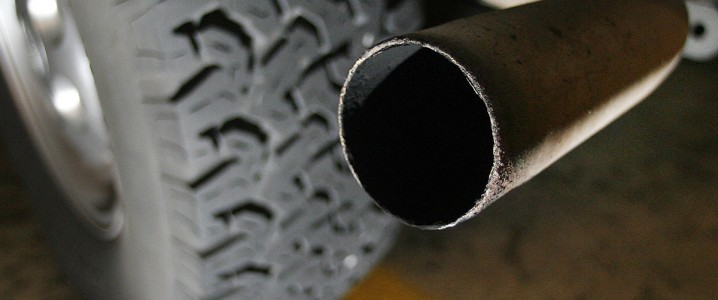Oil & Gas
U.S.A: EPA’S NEW CAR EMISSION STANDARDS DOOM THE GASOLINE CAR.
Irene Jerry

This week, the Environmental Protection Agency (EPA) finalized new tailpipe emission standards, described as the strictest ever, aiming to save money, create jobs, and cut billions of tons of CO2 emissions. However, the American Petroleum Institute (API) and the American Fuel & Petrochemical Manufacturers (AFPM) quickly reacted, warning that these standards could render all gasoline and diesel-powered light vehicles illegal within a decade, which they viewed as a negative development.
The EPA projects that tightening tailpipe emission standards to an average of 85 grams per mile by 2055 would eliminate over 7 billion tons of carbon dioxide emissions, roughly four times the emissions of the entire transportation sector in 2021. The agency also highlighted health benefits from cleaner air and job creation in the manufacturing sector due to increased electric vehicle production.
In response, the API and AFPM emphasized that gasoline cars still dominate total passenger vehicle sales, with electric vehicles (EVs) accounting for less than 8% of total car sales, as per Cox Automotive figures. They noted that most EVs were sold in California and that sales growth had started to slow towards the end of the year, suggesting a potential trend that could impact automakers' EV plans.
Automakers, realizing the slower-than-expected EV sales, lobbied for less stringent emission standards, which led to a delay in the 85 gram/mile standard implementation from 2030 to 2032. Despite this delay, achieving the revised standards would require a significant increase in EV sales, raising questions about the feasibility of such a rapid shift.
The API and AFPM criticized the new standards, arguing that they would make gas-powered vehicles either unavailable or too expensive for most Americans, likening the policy to a ban on internal combustion engine car sales. They cautioned that forcing such a transition could face pushback from consumers, who may opt to keep their existing vehicles due to concerns about EV infrastructure and other factors.
Overall, while the new standards aim to transform the U.S. car market, their success hinges on addressing consumer concerns and ensuring affordable and accessible EV options.
